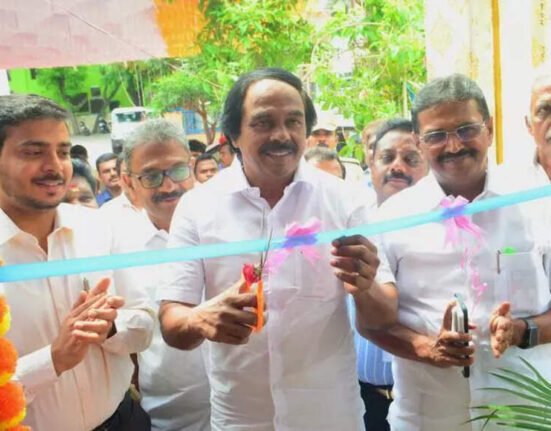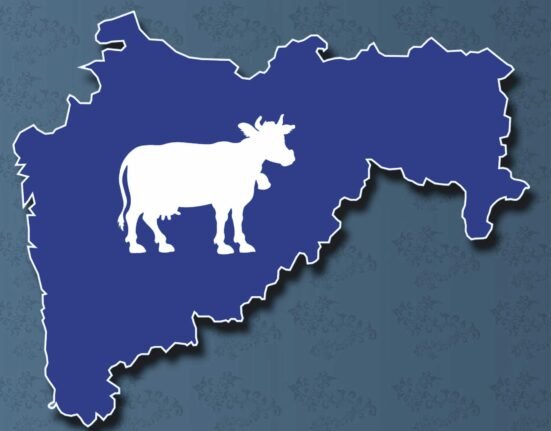A New Chapter in India’s Dairy Evolution
India’s dairy story—once defined by the groundbreaking White Revolution of the 1970s—is undergoing a powerful transformation. Dubbed White Revolution 2.0, this next chapter champions innovation, inclusivity, and sustainability, with a particular focus on Eastern India’s long-overlooked dairy potential.
While the original movement catapulted India from a milk-deficient nation to the world’s largest milk producer, it largely bypassed the eastern states—Bihar, Jharkhand, West Bengal, and Odisha—due to inadequate infrastructure, weaker cooperative networks, and limited government support.
White Revolution 2.0 is now rewriting that story.
White Revolution 1.0: Laying the Foundation for Self-Sufficiency
Led by Dr. Verghese Kurien and implemented through Operation Flood, the original White Revolution was a landmark in rural development and food security. It ushered in:
- A national network of dairy cooperatives, most notably Amul, under the National Dairy Development Board (NDDB)
- Crossbreeding programs to improve cattle productivity
- A pan-India milk grid linking rural producers to urban markets and reducing dependency on imports
The result: a thriving dairy economy in Gujarat, Maharashtra, Karnataka, and Punjab. However, Eastern India was left behind—excluded from the infrastructure boom and the economic benefits that followed.
White Revolution 2.0: A Smarter, Fairer Dairy Movement
Today’s revolution is not just about increasing milk output—it’s about transforming the way dairy works in India. From precision technologies to climate-smart practices, White Revolution 2.0 places equitable development at the heart of its agenda.
“We’re not just increasing output; we’re reinventing how dairy works in India—leveraging precision technology, sustainable practices, and gender-inclusive models,” says a senior advisor to the NDDB’s Eastern India strategy team.
Key innovations include:
- Genomic technologies: Including sex-sorted semen, embryo transfer, and genetic profiling to improve indigenous cattle breeds
- Smart dairy tools: IoT-enabled health monitors, AI-based feeding systems, and automated milking setups
- Blockchain-based traceability: Enabling farm-to-glass transparency and reducing losses
- Sustainable feeding: With low-emission, high-efficiency fodder and drought-resilient crops
- Organic dairy practices: Encouraging biodiversity and preserving native breeds
Eastern India: The New Dairy Growth Engine
White Revolution 2.0 is placing Eastern India at the center of its dairy expansion blueprint. The region’s underutilized potential, combined with a large population of smallholder farmers, makes it ripe for transformation.
Key interventions include:
- Building robust rural milk procurement networks and chilling infrastructure
- Strengthening dairy cooperatives and improving market linkages
- Targeted training and credit support for women dairy entrepreneurs
- Veterinary outreach and livestock disease surveillance programs
- Promotion of native breeds adapted to Eastern India’s climate
“The focus on Eastern India is not just regional balancing—it’s economic justice,” says a senior official in Bihar’s Animal Husbandry Department. “With the right support, these states can become the next dairy powerhouses.”
Early Impact: Livelihoods, Landscapes, and Empowerment
The signs of change are already visible:
- Improved yields and healthier herds thanks to better breeding and veterinary care
- Lower costs and higher margins from mechanization and efficient feed systems
- Increased income security via structured pricing, direct benefit transfers, and livestock insurance
- Women-led microdairies that foster entrepreneurship and financial independence
- Reduced food waste and improved rural nutrition
Roadblocks to Overcome
Despite the momentum, White Revolution 2.0 faces critical hurdles:
- Insufficient last-mile veterinary coverage and disease management
- Gaps in cold-chain and processing infrastructure in remote districts
- Limited digital and tech literacy among small and marginal farmers
- The need for scalable climate-resilient dairy models tailored to Eastern geographies
The Road Ahead: Dairy That Delivers More Than Milk
India’s dairy future is no longer just about volume—it’s about value. White Revolution 2.0 represents a pivotal shift toward a system that is sustainable, inclusive, and innovation-led. If supported by cohesive policy, strong public-private partnerships, and grassroots empowerment, Eastern India could well emerge as the driving force behind the country’s next dairy boom.
By embracing this revolution, India isn’t just producing milk—it’s building resilience, equity, and prosperity from the grassroots up.







